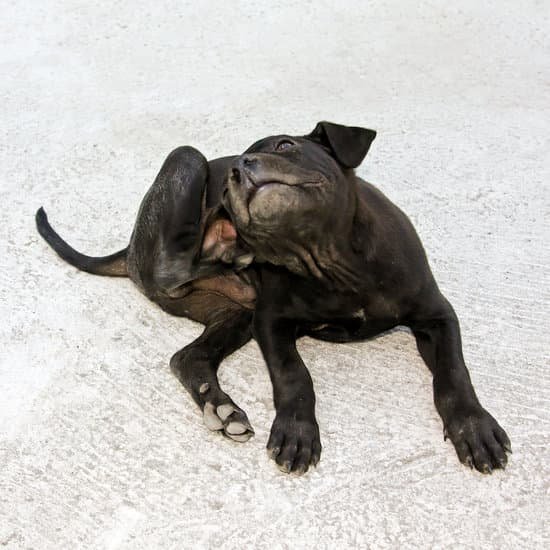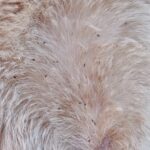How Do Fleas Drink Blood?
Fleas spend most of their life feeding on your pets and other mammals. They are common in areas where animals congregate, like in carpets and furniture. Their eggs are laid in the ground or in crevices. Once the eggs hatch, flea larvae form cocoons to survive harsh conditions and pesticides. They emerge when there is a change of temperature or a vibration near them. Fleas then jump onto your pets and lay dozens of eggs. This cycle continues many times.
Fleas feed by sucking blood from warm-blooded hosts, including humans. Fleas do not have wings, but their flat bodies allow them to jump a long way. They have long claws on all six legs, which help them move through the host’s fur and skin. Their eyes are small and simple, but some species lack them.
Fleas can consume up to 15 times their own body weight in blood, so they’re not shy about feeding. Adult fleas can consume up to 13 microliters of blood in a single day. Because of their microscopic size, they can easily overfeed on a host and can turn purplish after eating.
Flea eggs are smooth, ovular, and white. Fertilized adult female fleas lay two to fourteen eggs per blood meal, and up to 800 eggs in their lifetime. They lay their eggs on the host’s skin and hair. These eggs drop off during the host’s activities and are most likely to be found in places where your pet spends a lot of time.







